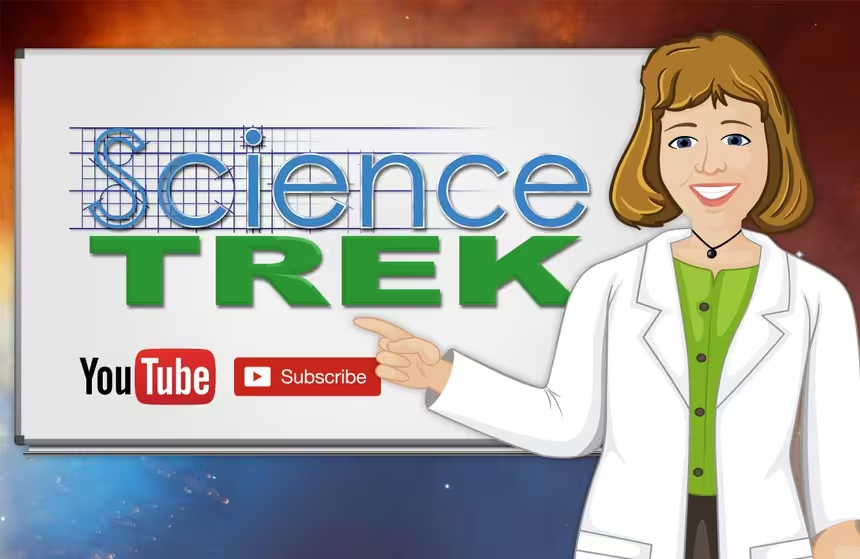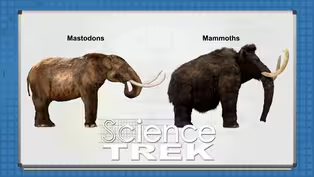
Mammoths: What Does a Paleontologist Do?
Clip: Special | 1m 4sVideo has Closed Captions
What does a paleontologist do?
A paleontologist is a scientist who searches for and digs up the bones of animals and plants that are now extinct. Learn more about what these scientists do every day.
Problems playing video? | Closed Captioning Feedback
Problems playing video? | Closed Captioning Feedback
Science Trek is a local public television program presented by IdahoPTV
Major Funding by the Laura Moore Cunningham Foundation and the Idaho National Laboratory. Additional Funding by the Friends of Idaho Public Television and the Corporation for Public Broadcasting.

Mammoths: What Does a Paleontologist Do?
Clip: Special | 1m 4sVideo has Closed Captions
A paleontologist is a scientist who searches for and digs up the bones of animals and plants that are now extinct. Learn more about what these scientists do every day.
Problems playing video? | Closed Captioning Feedback
How to Watch Science Trek
Science Trek is available to stream on pbs.org and the free PBS App, available on iPhone, Apple TV, Android TV, Android smartphones, Amazon Fire TV, Amazon Fire Tablet, Roku, Samsung Smart TV, and Vizio.

Science Trek
Science Trek is a place where parents, kids, and educators can watch short, educational videos on a variety of science topics. Every Monday Science Trek releases a new video that introduces children to math, science, technology, engineering, and math (STEM) career potentials in a fun, informative way.(Science Trek music) JOAN CARTAN-HANSEN, HOST: A paleontologist is a scientist who searches for and digs up the bones of animals, plants and other life forms that are now extinct.
They look for bones on the surface and dig down through small areas at a time.
This helps them avoid damaging any fossils they might find.
Once they've located something, they photograph the area, mark map locations, and take geological samples and observations.
This helps them learn about the area in which the fossils were found.
They may have to encase whole sections of a rock in plaster of Paris to transport the fossil back to the lab.
Once there, other scientists help remove the materials around the fossils.
Then, paleontologists can compare what they've found with other known fossils to decide what it is.
They publish information about their find so other scientists can study their results.
An identified fossil can then be put on display for all of us to learn more about these ancient creatures.
For more information about mammoths, check out the Science Trek website.
You'll find it at science trek dot org.
Mammoths: Mammoth or Mastodon?
Video has Closed Captions
Clip: Special | 1m 4s | What is the difference between a mammoth and a mastodon? (1m 4s)
Providing Support for PBS.org
Learn Moreabout PBS online sponsorship
- Science and Nature

Explore scientific discoveries on television's most acclaimed science documentary series.

- Science and Nature

Capturing the splendor of the natural world, from the African plains to the Antarctic ice.












Support for PBS provided by:
Science Trek is a local public television program presented by IdahoPTV
Major Funding by the Laura Moore Cunningham Foundation and the Idaho National Laboratory. Additional Funding by the Friends of Idaho Public Television and the Corporation for Public Broadcasting.
